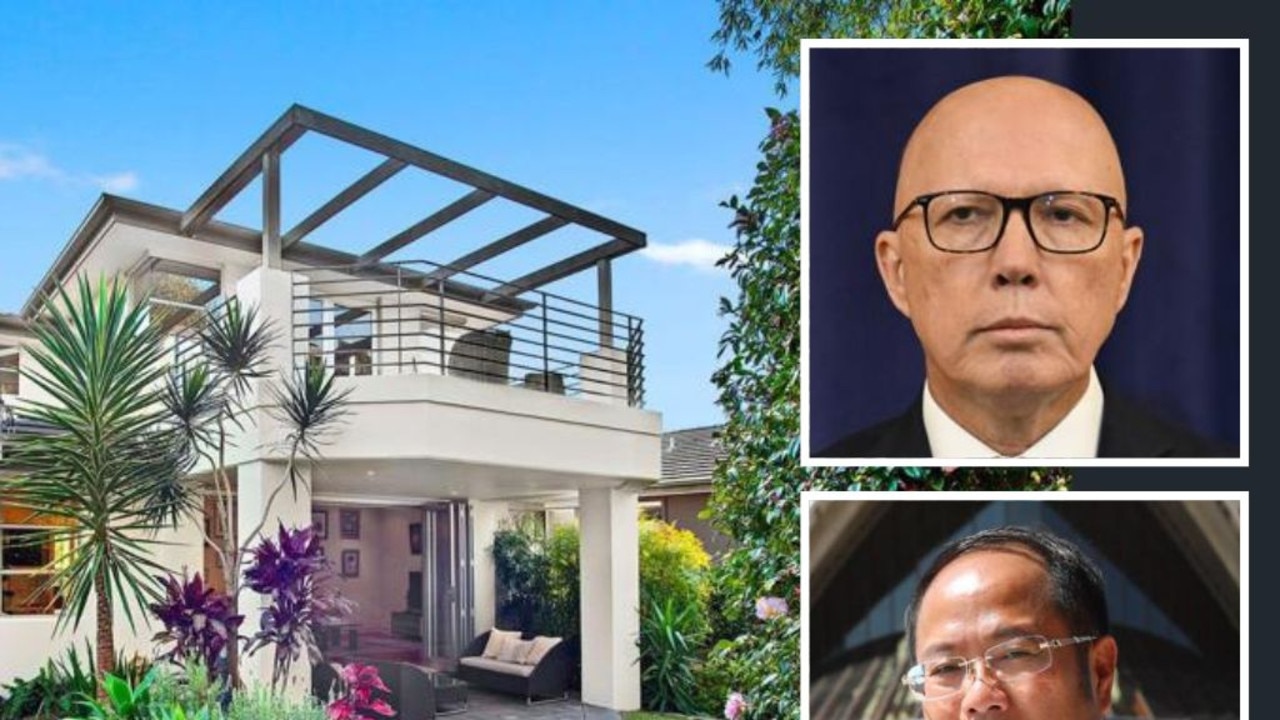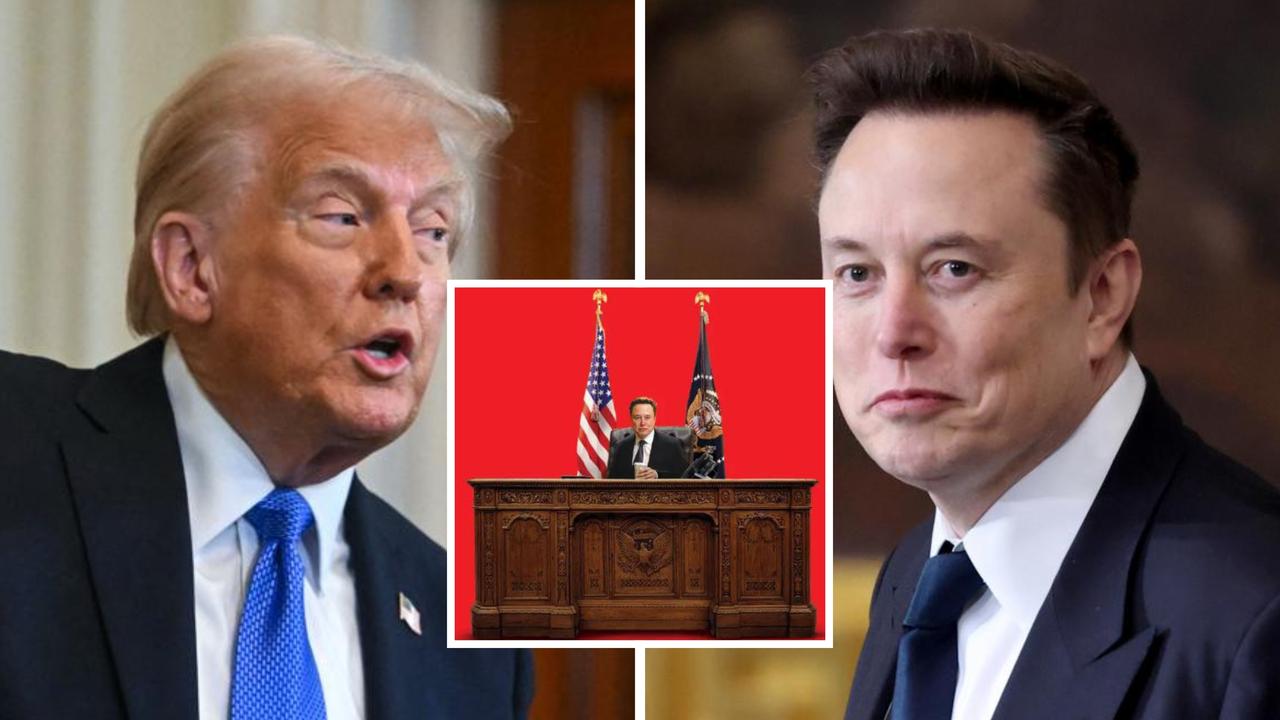Donald Trump, Afghanistan: US troops to remain at war in military backflip
DONALD Trump’s stunning backflip on the war in Afghanistan didn’t come about from a change of heart. Instead it was sparked during a tense meeting.
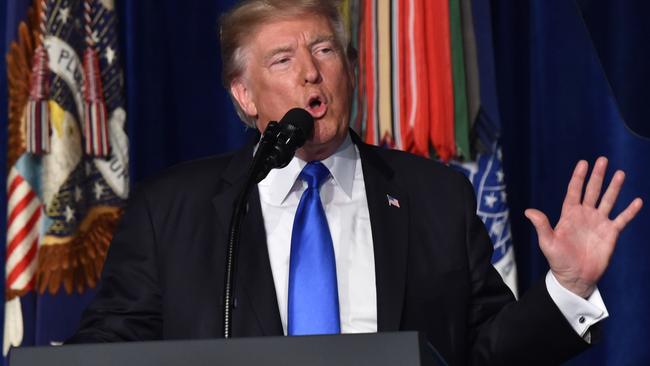
DONALD Trump’s stunning backflip on the war in Afghanistan followed a tense meeting with his generals, it has emerged.
Mr Trump reportedly ripped apart a proposal to send thousands of extra troops to Afghanistan during a July meeting in the situation room.
The New York Times reported the President thought the plan sounded too vague and didn’t like the idea of not having a clear definition or path to victory.
“We’re losing,” he reportedly said. “What does success look like?”
Officials told the Times Mr Trump was forced to accept that a big military approach was needed in order to prevent the country becoming a hotbed for terrorists who could launch attacks against the US.
In a prime-time address to unveil his new Afghanistan strategy, Mr Trump admitted changing his mind about one of America’s costliest wars, saying decisions are made differently from behind a desk in the Oval Office.
He said he has studied war-torn country in great detail and from every angle and arrived at three fundamental conclusions about America’s core interests in Afghanistan.
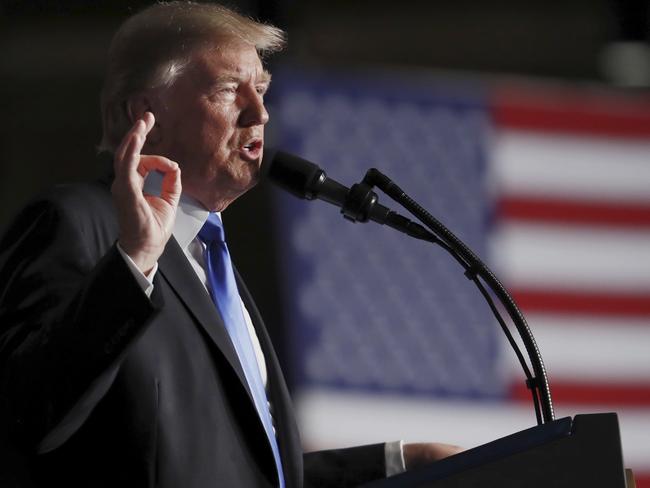
This led him to conclude he couldn’t withdraw US forces from a war which has been going on for 16 years.
Mr Trump said the lessons learned from Iraq which spawned the rise of ISIS proved what happens when support is withdrawn too quickly.
“A hasty withdrawal would create a vacuum that terrorists, including ISIS and al-Qaeda, would instantly fill just as happened before September 11,” he said.
“As we know, in 2011, America hastily and mistakenly withdrew from Iraq. As a result, our hard-won gains slipped back into the hands of terrorist enemies.
“Our soldiers watched as cities they had fought for and bled to liberate and won were occupied by a terrorist group called ISIS. The vacuum we created by leaving too soon gave safe haven for ISIS to spread, to grow, recruit and launch attacks.”
Rare admission from Trump that he changed his mind pic.twitter.com/9zyYQH8UGt
— Jessica Schulberg (@jessicaschulb) August 22, 2017
Mr Trump repeatedly promised to put America first during last year’s election campaign and indicated he would end the war in Afghanistan.
His backflip represents a significant change for someone who has long been sceptical of how the US is fighting the war in Afghanistan, which was launched by President George W Bush in the wake of the September 11 attacks.
It also represents a major shift from comments made five years ago where he said the US should pull out of Afghanistan, arguing it wasn’t in the country’s interests to be there.
It is time to get out of Afghanistan. We are building roads and schools for people that hate us. It is not in our national interests.
— Donald J. Trump (@realDonaldTrump) February 27, 2012
Identifying his three conclusions about the Afghanistan war, Mr Trump said the US was seeking an “honourable and enduring outcome worthy of the tremendous sacrifices that have been made”. He added “these honourable men and women deserve a plan for victory.”
Secondly, he warned the consequences of a rapid exit are “both predictable and unacceptable”.
Thirdly, he concluded that the security threats faced in Afghanistan and the broader region are immense and called on Pakistan to do more.
“Today 20 US designated foreign terrorist organisations are active in Afghanistan and Pakistan,” he said.
“The highest concentration in any region anywhere in the world. For its part, Pakistan often gives safe haven to agents of chaos, violence and terror.
“The threat is worse because Pakistan and India are two nuclear-armed states whose tense relations threaten to spiral into conflict, and that could happen.”
Mr Trump said it may be possible to have a political settlement one day that includes elements of the Taliban in Afghanistan, but warned it wasn’t up to the US to sort it out.
“America will continue its support for the Afghan government and the Afghan military as they confront the Taliban in the field,” he said.
“Ultimately, it is up to the people of Afghanistan to take ownership of their future, to govern their society and to achieve an everlasting peace.
“We are a partner and a friend but we will not dictate to the Afghan people how to live or how to govern their own complex society. We are not nation building again. We are killing terrorists.”
Mr Trump also refused to give a timeline or details about the US strategy in the countries it was doing battle with, saying it wasn’t in the country’s interests to give its secrets away.
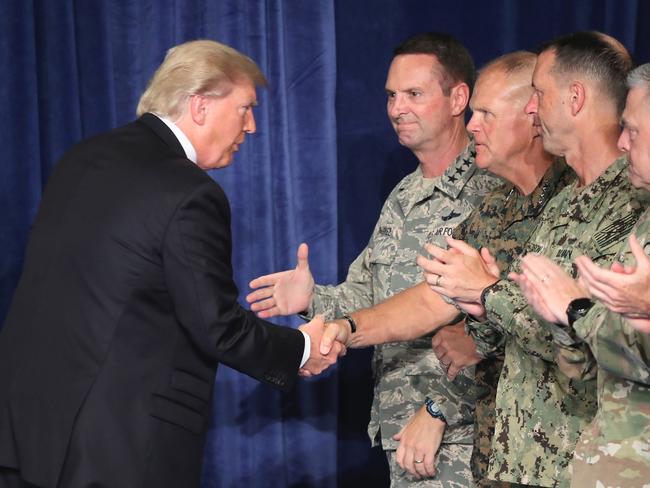
Today’s announcement, the President’s first prime-time broadcast on a specific policy issue, provided a key update on the path forward for America’s engagement in Afghanistan and South Asia.
The address delivered from the military base at Fort Myer southwest also asked Americans to trust him on his new strategy.
His announcement came after a gathering of top security officials at the Camp David presidential retreat in Maryland which weighed up his options in the gruelling conflict.
Secretary of Defense James Mattis earlier told CNN a decision has been made on a new US strategy in Afghanistan, but the President wanted to be the one who announce it.
Wary of international involvements but eager for progress in the drawn-out Afghan war, the Trump administration had originally promised a new plan by mid-July.
Mr Trump was said to be dissatisfied by initial proposals to add a few thousand more troops in the country, and advisers were studying an expanded strategy for the broader South Asian region, including Pakistan.
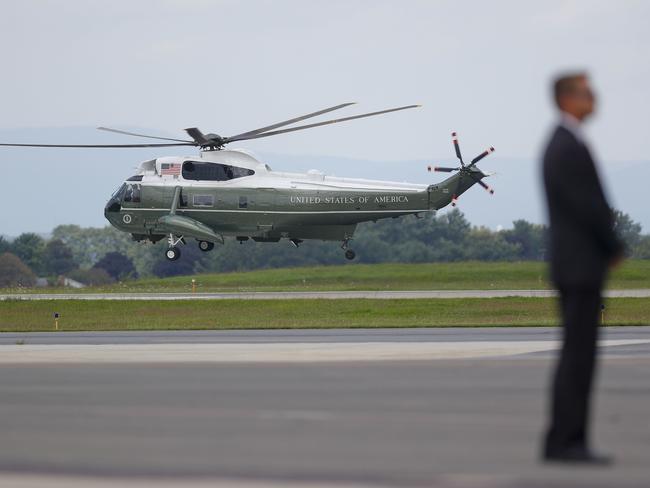
The decision comes after the departure from the White House on Friday of Steve Bannon, Trump’s firebrand chief strategist, a nationalist who was said to be disinclined to seeing US forces more deeply mired in the troubled region.
Mr Mattis confirmed the administration had agreed on a new strategy for Afghanistan after “rigorous” debate.
Mr Trump had several options on the table ranging from backing away to stepping up US efforts to defeat the Taliban.
In June he gave Mr Mattis the power to increase troop numbers above the estimated 8400 that have been in the country — close to 4000 more, according to reports.
There are now about 8400 US and 5000 NATO troops supporting Afghanistan’s security forces in the fight against Taliban and other militants.
But the situation has remained as deadly as ever, with more than 2500 Afghan police and troops killed from January 1 to May 8.
— with wires


